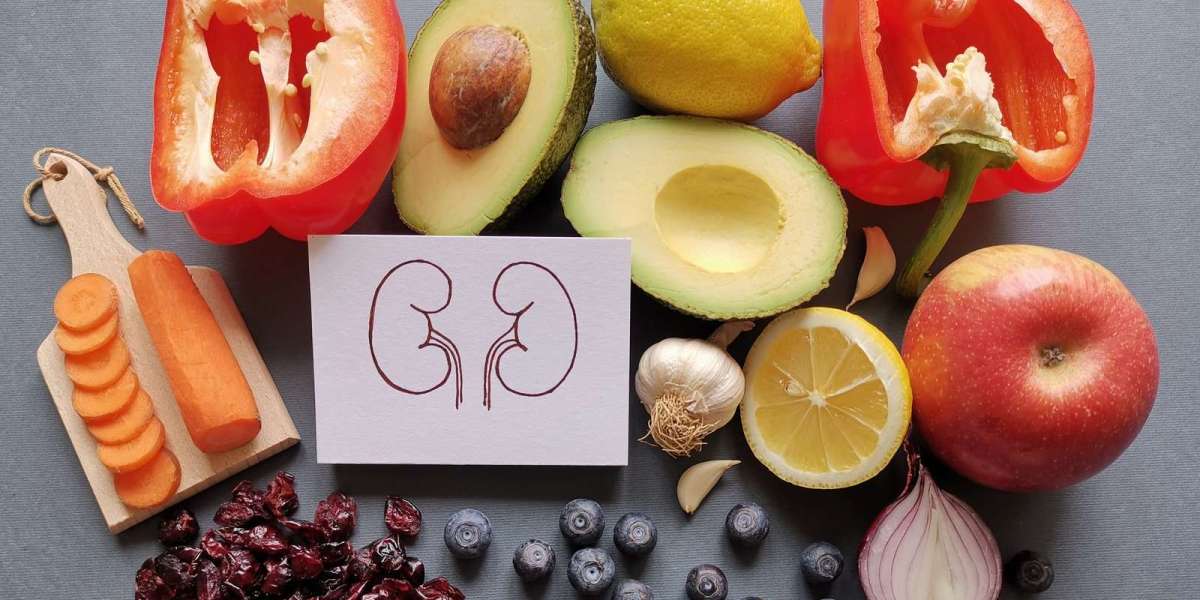Kidney stones are one of the most common and painful urinary tract conditions, and about 70–80% of all kidney stones are made up of calcium oxalate. If you have ever experienced the sharp pain of a kidney stone, you know how important it is to prevent them from forming again. One of the most effective ways to manage this risk is by following a calcium oxalate stones diet—a balanced eating plan designed to lower oxalate buildup and reduce stone recurrence.
This article will guide you through the role of diet in kidney stone prevention, foods that support kidney health, and how simple changes in your daily nutrition can help reduce your chances of forming calcium oxalate stones.
Understanding Calcium Oxalate Stones
Calcium oxalate stones form when calcium binds with oxalate in the urine. Oxalate is a naturally occurring substance found in many foods, including leafy greens, nuts, and chocolate. When urine becomes concentrated with high levels of oxalate, calcium, and other minerals, crystals can form and develop into stones.
Risk factors for calcium oxalate stones include:
- Low fluid intake
- High sodium diets
- Excess animal protein consumption
- Genetic predisposition
- Metabolic imbalances
Fortunately, with the right calcium oxalate stones diet, you can limit oxalate intake, improve hydration, and balance minerals to reduce stone formation.
Key Principles of a Calcium Oxalate Stones Diet
When building a kidney-friendly diet, the goal isn’t to eliminate all oxalates but to balance oxalate with calcium and other nutrients. Here are the core principles:
Stay Hydrated
Water is your best defense. Aim for at least 8–10 glasses a day to dilute urine and prevent mineral concentration.Pair Calcium with Oxalate Foods
Eating calcium-rich foods with oxalate-rich foods helps bind oxalate in the gut before it enters the kidneys. Low-fat dairy, fortified plant milk, and certain vegetables are good calcium sources.Limit High-Oxalate Foods
Spinach, beets, almonds, rhubarb, and dark chocolate are among the highest in oxalates. You don’t need to avoid them entirely, but moderation is key.Reduce Sodium
High salt intake increases calcium in urine, raising stone risk. Stick to less than 2,300 mg of sodium daily.Watch Protein Intake
Too much animal protein increases uric acid and reduces citrate, both of which can trigger stones. Choose lean portions and add more plant-based proteins.
5 Foods That Support a Calcium Oxalate Stones Diet
If you’re looking for kidney-friendly foods that can naturally lower your risk, here are five excellent choices:
1. Citrus Fruits (Lemons, Oranges, Grapefruit)
Citrus fruits are rich in citrate, a compound that helps prevent calcium from binding with oxalate in urine. A daily glass of lemon water is one of the simplest ways to support kidney health.
2. Low-Fat Dairy Products
Yogurt, milk, and cheese provide dietary calcium, which binds with oxalate in the intestines and prevents it from being absorbed into the bloodstream. This makes calcium essential, not harmful, for stone prevention.
3. Bananas
Bananas are low in oxalates and high in potassium, which helps regulate urinary pH and reduces stone formation. They are a kidney-friendly snack and a great alternative to processed foods.
4. Whole Grains
Brown rice, oats, and barley provide magnesium, which can reduce oxalate absorption and protect against stones. Whole grains also offer fiber for better digestion and overall health.
5. Leafy Greens (Low-Oxalate Options)
While spinach and beet greens are very high in oxalates, other greens like kale, bok choy, and mustard greens are low-oxalate alternatives that still provide essential vitamins and minerals.
For more details on stone-preventing foods, visit KidneyCop’s guide on 5 foods to help reduce kidney stones.
Foods to Limit in a Calcium Oxalate Stones Diet
To reduce your risk, limit—but don’t necessarily eliminate—these foods:
- High-oxalate vegetables: Spinach, Swiss chard, beet greens
- Nuts and seeds: Almonds, peanuts, cashews
- Certain fruits: Berries, figs, kiwi
- Dark chocolate and cocoa
- Tea (especially black tea)
Pairing small portions of these foods with calcium-rich foods can make them safer for kidney health.
Lifestyle Tips Alongside Diet
Diet is a cornerstone of kidney stone prevention, but lifestyle choices matter too. Here are some practical steps:
- Stay active to improve metabolism and calcium balance.
- Avoid crash diets, which can increase stone risk.
- Limit sugar and processed foods, as they contribute to metabolic imbalances.
- Monitor supplements, especially high doses of vitamin C, which can increase oxalate production.
Final Thoughts
A calcium oxalate stones diet is not about deprivation—it’s about balance. By eating a variety of low-oxalate, calcium-rich, and citrate-rich foods, you can significantly reduce your chances of stone recurrence. Hydration, moderation, and smart food pairings are the key pillars of protecting your kidneys.
If you’ve had kidney stones in the past, or if they run in your family, adopting these dietary strategies is a powerful step toward prevention and long-term kidney health. And remember, every small change in your daily nutrition can make a big difference in protecting your body from the pain of stones.



